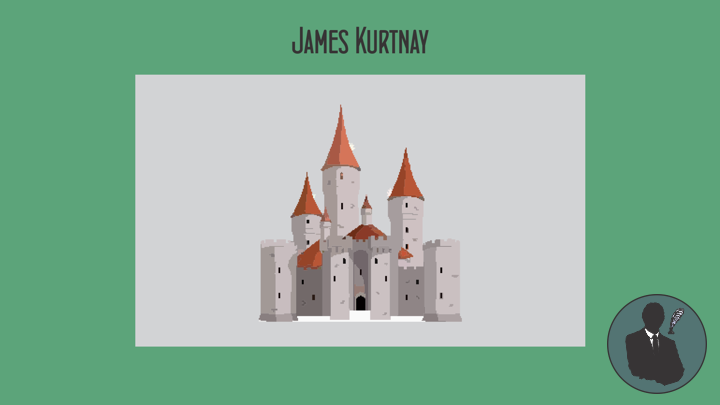——
#LudgerBedardConsultingPrivateDetective #LudgerBedard #JamesKurtnay #Distillery #Laboratory #Alchemy #Detective #Adventurer #Occult #Paranormal #Magic #Alchemy #3DAnimation
——
——
James Kurtnay
The area around Port Ellen has a variety of archaeological sites covering the Neolithic, Bronze and Iron Age periods. There are standing stones at Kilbride, a fort at Borraichill Mor, several chambered cairns, and a chapel at Cill Tobar Lasrach.
Lord of the Isles is a title of Scottish nobility with historical roots that go back beyond the Kingdom of Scotland. It began with Somerled in the 12th century and thereafter the title was held by a series of his descendants, the Norse-Gaelic rulers of the Isle of Man and Argyll and the islands of Scotland in the Middle Ages. They wielded sea-power with fleets of galleys. Although they were, at times, nominal vassals of the kings of Norway, Ireland, or Scotland, the island chiefs remained functionally independent for many centuries. Their territory included much of Argyll, the Isles of Arran, Bute, Islay, the Isle of Man, Hebrides, Knoydart, Ardnamurchan, and the Kintyre peninsula. At their height they were the greatest landowners and most powerful lords after the kings of England and Scotland.
In their maritime domain the Lords of the Isles used galleys for both warfare and transport. Though they undoubtedly acquired longships from the Norse they defeated, the ships of the Dalriadic Scots and Irish and Islesmen predate the Viking longships and knarrs, clinker-built, though each had a square sail and rows of oars. In the mid 12th century, Somerled, the first Lord of the Isles, developed the stern rudder that gave the galleys and longships sailed by the Islesmen greater maneuverability over the steering oar used by the Vikings. These ships took part in sea battles and attacked castles or hill forts almost always located close to the sea. The Lordship specified the feudal dues of its subjects in terms of numbers and sizes of the galleys each area had to provide in service to their Lord.
Father in Robert Kurtnay, 2th Lord Kurtnay (1517-1571). Kurtnay Castle, is located on the south side of Islay, in Argyll, Scotland, on the shore of Lagavulin Bay, from Port Ellen. The castle was once a naval base of the Lord of the Isles, chiefs of Clan Kurtnay. James Kurtnay, 3th-16th Baron Kurtnay (1561-***).
Islay single malts are the single malt Scotch whiskies made on Islay, one of the southernmost of the Inner Hebridean Islands located off the west coast of Scotland. Some sources indicate that Irish monks may have been the first to distill whisky on the island in the early 1300s. The whiskies of the distilleries along the southeastern coast of the island have a smoky character derived from peat, considered a central characteristic of the Islay malts, and ascribed both to the water from which the whisky is made and to the peating levels of the barley. Many describe this as a “Medicinal” flavour. They also possess notes of iodine, seaweed and salt.
James Kurtnay

Leave a Reply